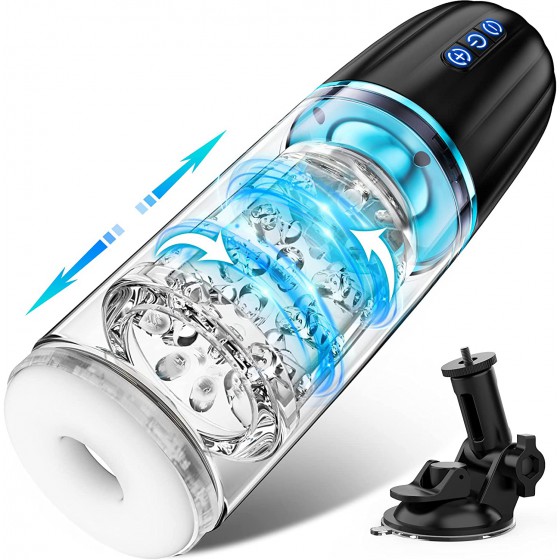Medical abortion is not as safe as imagined. Who is medical abortion suitable for?
Medical abortion, also known as medical abortion, refers to a method of using drugs to terminate early pregnancy. Avoid the pain of surgical abortion. However, many people can’t help but ask, is medical abortion really safe?
Applicable groups for medical abortion
1. Healthy women under the age of 40 who voluntarily request to end their pregnancy if the menopause is within 49 days and is determined to be intrauterine pregnancy.
2. No history of chronic disease or allergic asthma.
3. Those diagnosed as positive through B-ultrasound examination and urine pregnancy test.
4. Women who have not received glucocorticoid treatment in the past 3 months.
Advantages of medical abortion
1. Medical abortion avoids the pain and certain complications of surgical abortion and achieves the purpose of artificial abortion.
2. Medical abortion is convenient to use, easy to take, does not require dilation and curettage surgery, is relatively less painful, and the effect is basically reliable.
3. Medical abortion is suitable for healthy women who are 5 to 7 weeks pregnant and are not suitable for surgical abortion, especially those with scarred uterus, lactating pregnant uterus, uterine malformation, abortion within six months or a history of multiple abortions. Women terminate early pregnancies.
Medical abortion is not as safe as imagined
1. Infection: After a woman takes anti-pregnancy drugs, the fetal sac tissue in the uterine cavity can be discharged on the same day. Sometimes the pregnancy tissue is not discharged completely, the endometrium is not restored well, and the vaginal bleeding lasts for 2- 3 weeks, or even 1-2 months. Long-term chronic blood loss can cause anemia and reduce the body's resistance. At this time, bacteria often travel retrograde from the vagina and cause endometrial inflammation.
2. Menstrual disorders: Anti-pregnancy drugs can inhibit the function of the ovaries, affect the growth and development of follicles and even interfere with ovulation. After medical abortion, individual women may develop menstrual disorders, manifested as shortened or prolonged menstrual cycles and increased menstrual flow.
3. Impact on future pregnancies: Repeated pregnancies and repeated miscarriages in women of childbearing age can cause repeated damage to the endometrium. Due to damage to the endometrium, once they achieve a normal pregnancy, they are prone to placenta previa, which can cause prenatal hemorrhage and even habitual miscarriage.
4. Incomplete abortion requires another "uterine evacuation": Medical abortion may cause incomplete abortion, requiring uterine evacuation surgery, which can easily induce postoperative infection and lead to infertility.













